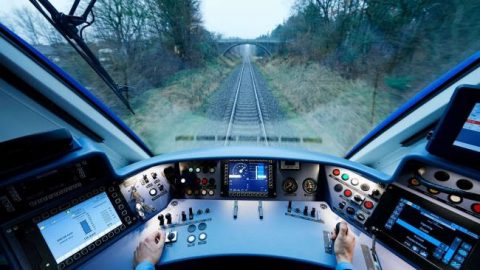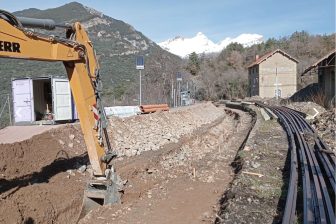
Banedanmark starts ERTMS testing phase between Køge and Næstved
source: Banedanmark
The roll-out of signalling system ERTMS on the Danish track between the cities Køge and Næstved in Zealand is entering its final phase. Infrastructure manager Banedanmark starts this week with testing the new signalling system, and expects that the new signalling system will be taken into operation in August.
Want to read more?
You have read all of your free premium articles for this month. Please become a subscriber to keep reading.
Subscribe now!
Take advantage of our exclusive offer to get full access to all premium content.



